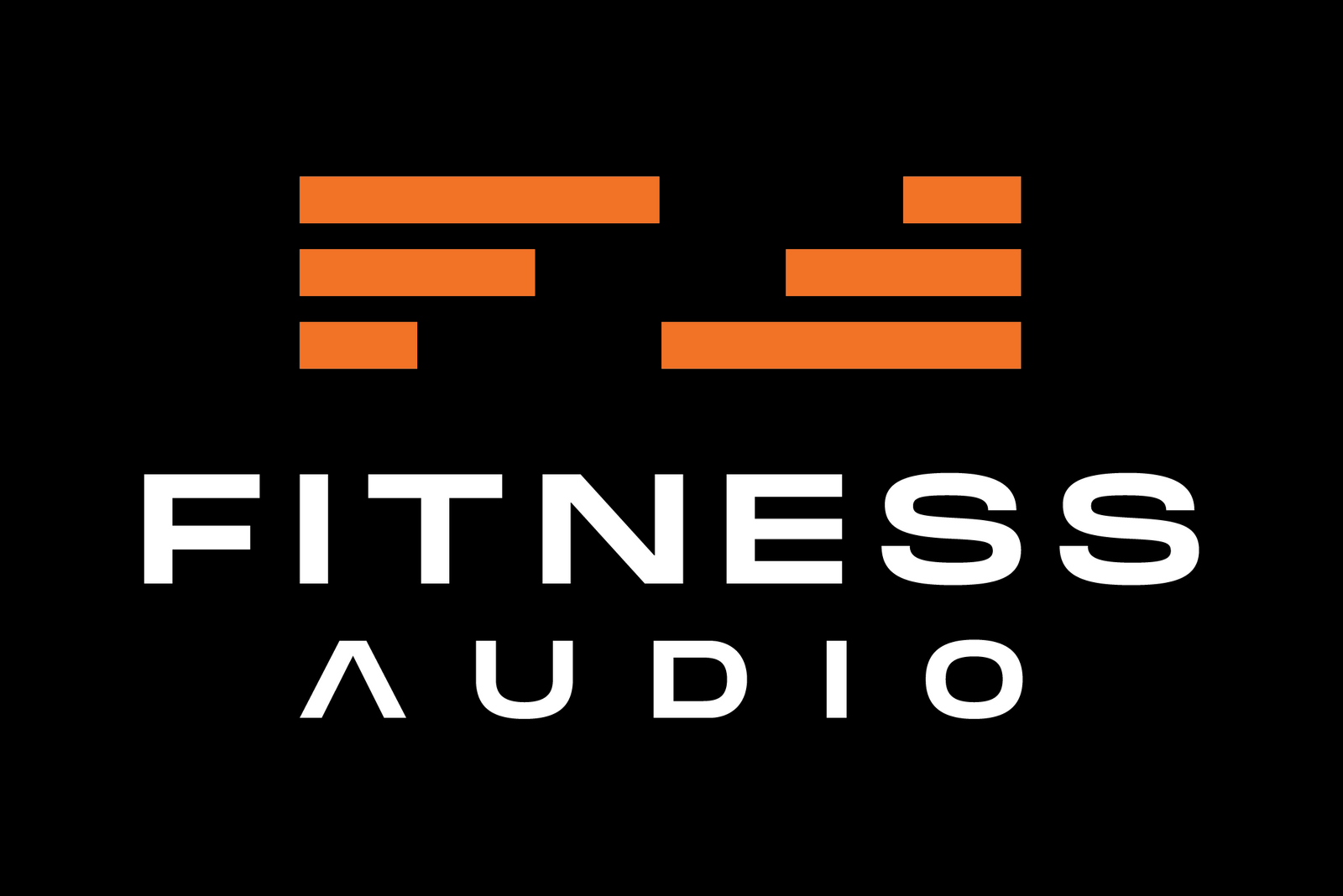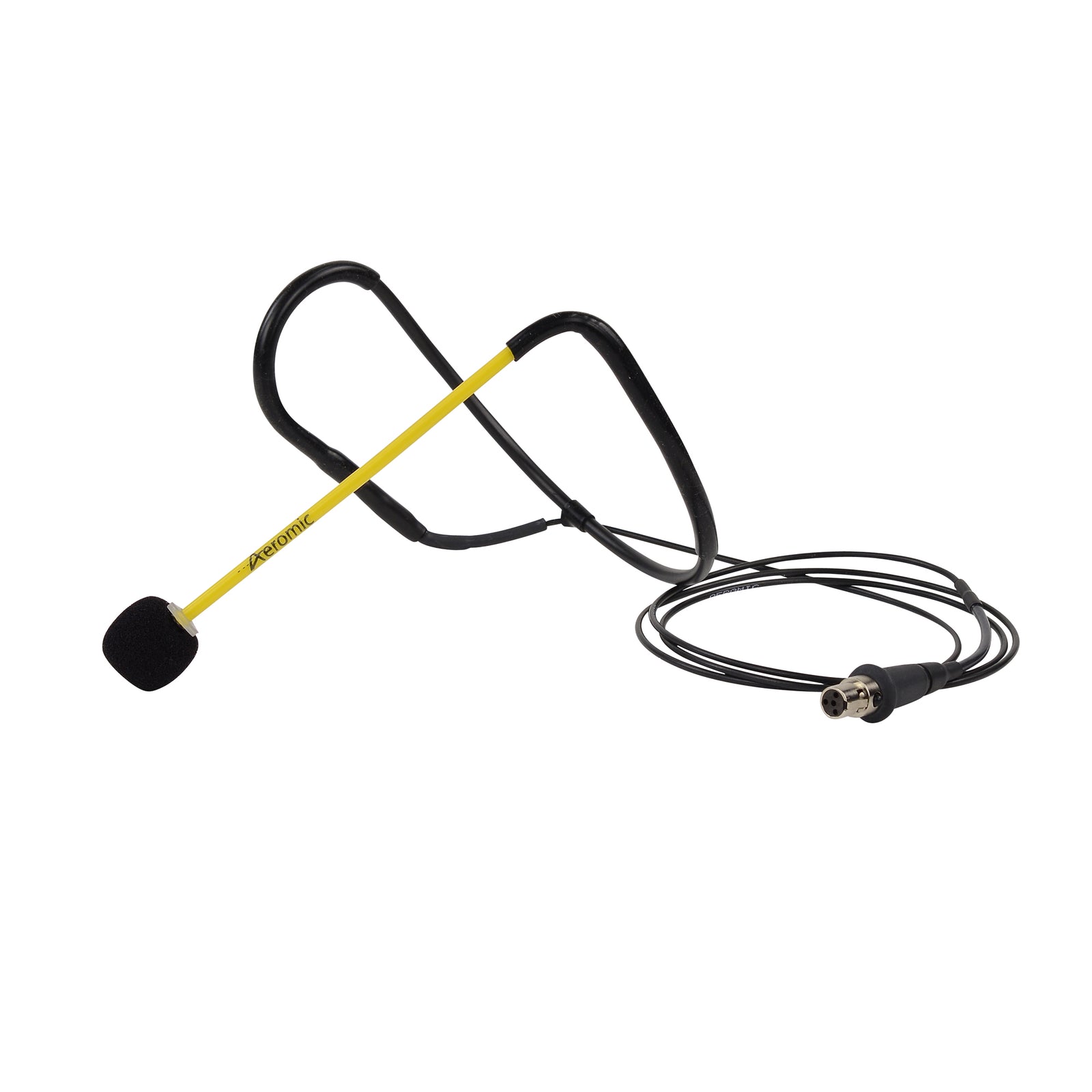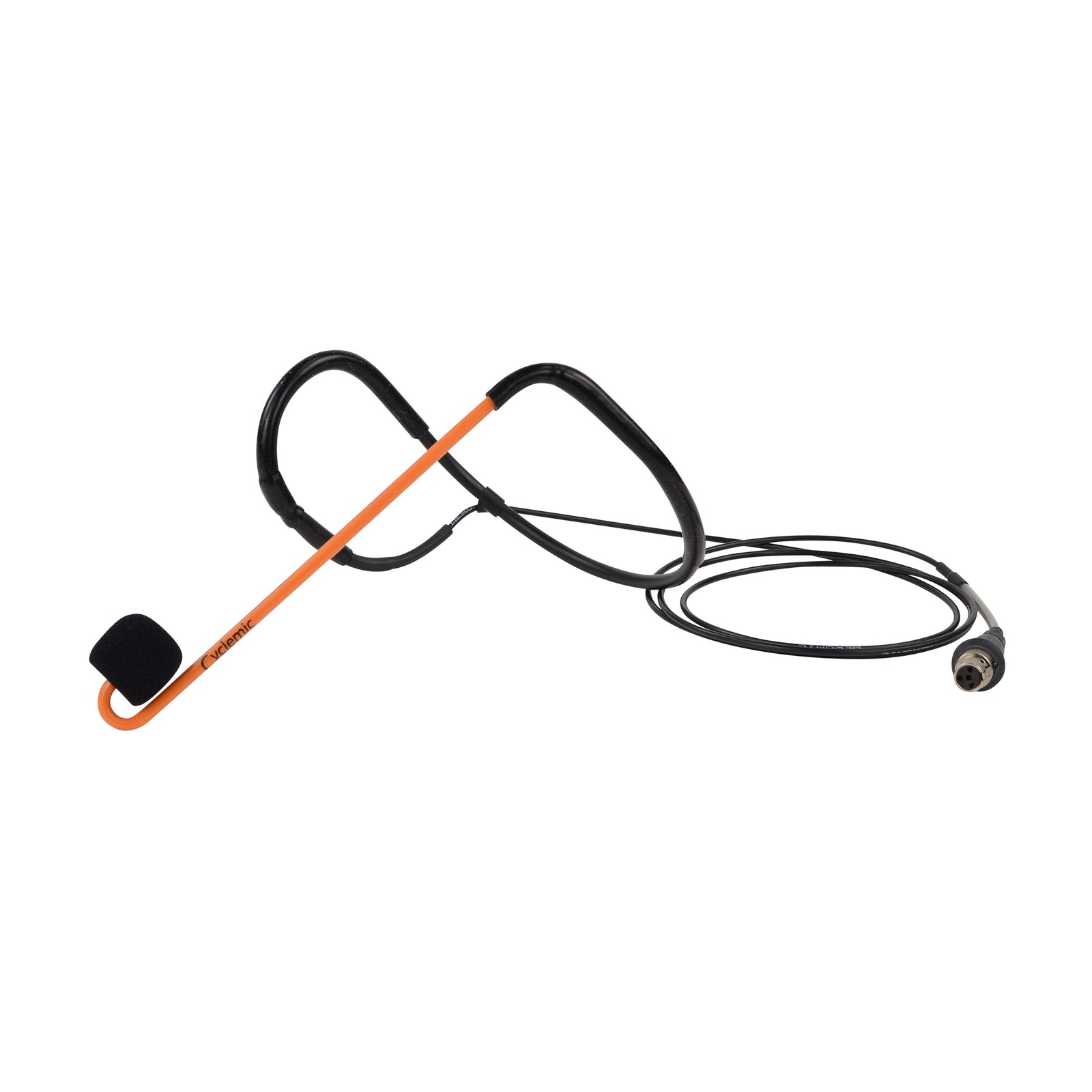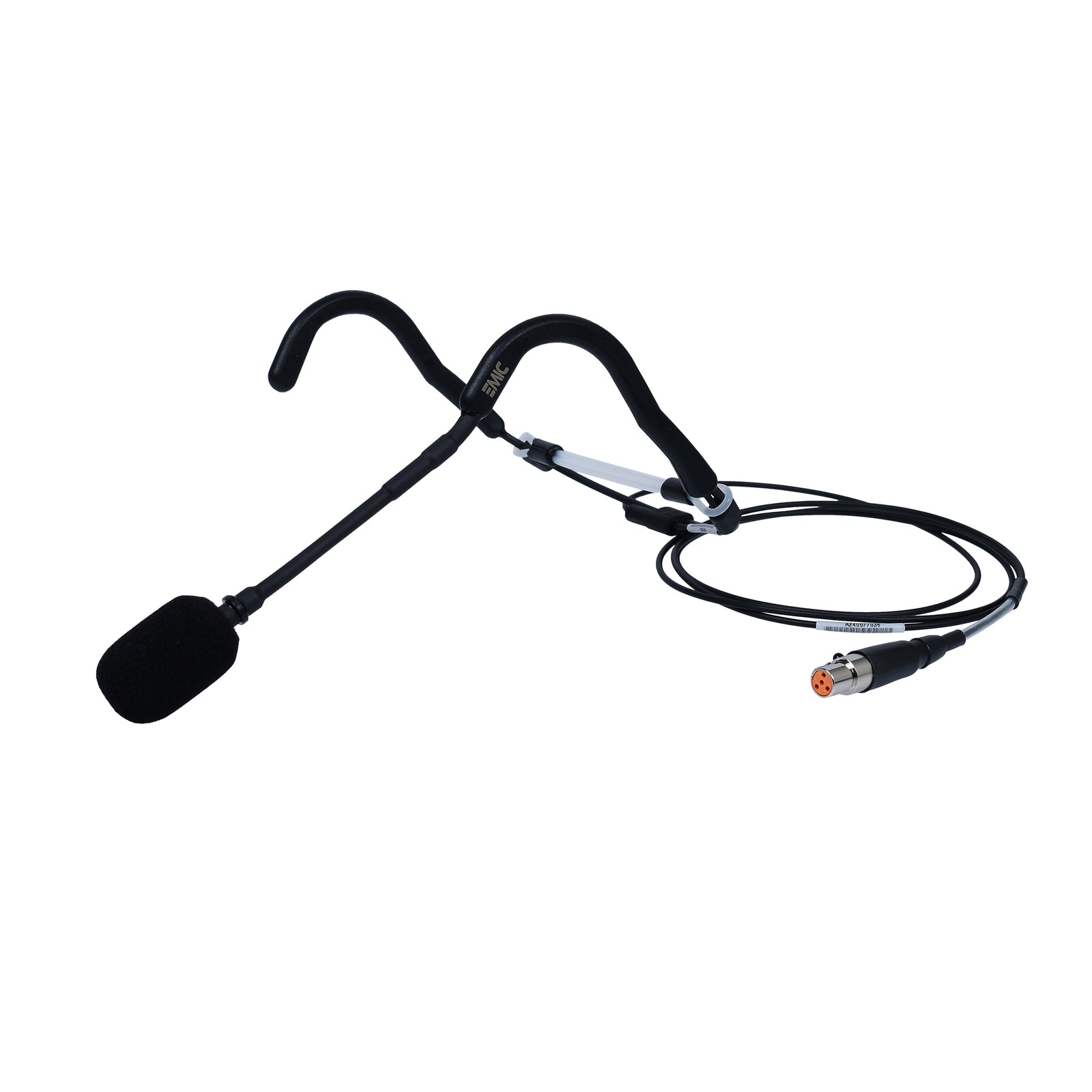
What is Loudness Monitoring and Why is it Important?
Loudness monitoring refers to the process of measuring and controlling the audio levels in a gym environment. It is essential to ensure that the sound quality is consistent and appropriate for the activities taking place. Monitoring loudness helps maintain a comfortable listening experience for gym-goers and prevents any potential noise-related complaints.
Definition of loudness monitoring
Loudness monitoring involves the measurement and control of audio levels in a gym, aiming to maintain an optimal listening experience for users.
Importance of monitoring loudness in the gym
Monitoring loudness in the gym is crucial for several reasons. Firstly, it helps create a suitable audio environment that enhances the overall gym experience. Secondly, it ensures that the sound levels are within acceptable limits to prevent any potential hearing damage or discomfort to the users. Lastly, monitoring loudness helps comply with industry standards and regulations, ensuring a consistent and professional audio output.
The benefits of using a loudness meter
Using a loudness meter provides several benefits when it comes to monitoring audio levels in the gym. It enables fitness instructors and sound engineers to accurately measure and control the loudness levels of different audio channels. A loudness meter helps ensure that the sound is well-balanced and consistent throughout different areas of the gym, creating a pleasant listening experience for everyone.
Choosing the Right Loudness Meter
When selecting a loudness meter for your gym, it is essential to consider certain factors to make an informed decision. Firstly, you need to determine the specific requirements and features you need in a loudness meter. Consider the number of audio channels you need to monitor, the desired measurement range, and the precision and consistency of the meter's readings.
Factors to consider when selecting a loudness meter
Factors to consider when choosing a loudness meter include the number of audio channels to monitor, the desired measurement range, and the precision and consistency of the meter's readings.
Types of loudness meters available
There are various types of loudness meters available in the market, ranging from software-based solutions to hardware devices. Software-based loudness meters can be integrated into your existing audio production setup, while hardware meters offer a dedicated solution for monitoring loudness levels in real-time.
Comparing different loudness meter features
When comparing different loudness meters, it is important to evaluate their specific features and capabilities. Look for meters that provide accurate measurements, support industry standards such as EBU R 128 or ITU-R BS.1770, and offer visual displays that are easy to understand and interpret.
How to Use a Loudness Meter in Your Gym
Using a loudness meter in your gym involves a step-by-step process to ensure accurate readings and appropriate loudness levels. By following these guidelines, you can maintain a comfortable listening experience for gym-goers.
Step-by-step guide to using a loudness meter
- Install and set up the loudness meter according to the manufacturer's instructions.
- Connect the audio output of your gym's audio system to the loudness meter.
- Choose the appropriate audio channel on the loudness meter to monitor.
- Monitor the loudness levels displayed on the meter's visual interface.
- Adjust the audio levels on your audio mixer or amplifier to meet the desired loudness targets.
- Periodically check the loudness levels throughout the workout session to ensure consistency.
Understanding the different audio levels on a loudness meter
A loudness meter usually displays various audio levels, including momentary, short-term, and integrated measurements. Momentary measurements represent the instantaneous loudness levels, while short-term measurements average the levels over a specific time period. Integrated measurements provide a cumulative value over the entire duration of the audio. Understanding these different measurements helps maintain appropriate loudness levels in different situations within the gym.
Setting the appropriate loudness levels for different gym activities
It is important to set the appropriate loudness levels based on the specific gym activities. For high-intensity classes with energetic music, you may need slightly higher loudness levels to create an immersive experience. However, for yoga or meditation classes, lower levels may be more suitable to ensure a calming environment.
Accessories to Enhance Loudness Monitoring
In addition to a loudness meter, there are several accessories you can use to enhance the accuracy and effectiveness of loudness monitoring in your gym.
Using external tools and accessories for accurate loudness measurement
External tools such as calibrated sound level meters and reference microphones can help improve the accuracy of loudness measurement in the gym. These tools provide objective measurements that can be compared to the readings from your loudness meter, ensuring consistent monitoring.
The importance of using a limiter in conjunction with a loudness meter
A limiter is an essential tool for controlling audio levels and preventing sudden volume spikes that can be uncomfortable for gym-goers. By using a limiter in conjunction with a loudness meter, you can ensure that the audio levels in your gym stay within the desired limits.
Recommended tools and equipment for complete loudness monitoring
For complete loudness monitoring in your gym, consider investing in tools and equipment such as audio mixers with built-in loudness meters, dedicated loudness measurement software, and quality speakers and amplifiers. These components work together to provide a comprehensive loudness monitoring solution for your gym environment.
Best Practices for Loudness Monitoring in the Gym
To ensure accurate and effective loudness monitoring in your gym, it is important to follow best practices that maintain optimal sound quality throughout different gym activities.
Creating a suitable audio environment for accurate loudness measurement
An ideal audio environment in the gym includes proper acoustic treatment, well-placed speakers, and minimal background noise. By creating a suitable audio environment, you can ensure accurate loudness measurement and provide an enjoyable experience for gym-goers.
Using multiple loudness meters for comprehensive monitoring
Using multiple loudness meters in different areas of the gym allows for comprehensive monitoring and ensures consistent sound quality throughout the facility. This approach provides a better understanding of the loudness levels in various zones within the gym.
Tips for maintaining optimal loudness levels during group fitness classes
During group fitness classes, it is important to monitor and maintain optimal loudness levels to ensure that participants can hear instructions clearly without any discomfort. Consider adjusting the audio levels during warm-ups, workout sessions, and cooldowns to provide a seamless audio experience throughout the entire class.
FAQ
Q: What is loudness monitoring in the gym?
A: Loudness monitoring in the gym refers to the process of monitoring and controlling the audio levels in the gym environment to ensure a consistent and comfortable listening experience for the customers.
Q: Why is loudness monitoring important in the gym?
A: Loudness monitoring is important in the gym to prevent excessive noise levels that can be irritating or harmful to the customers. It helps create a pleasant and safe environment for the workout sessions.
Q: How does loudness monitoring work in the gym?
A: Loudness monitoring in the gym typically involves the use of audio measurement tools and devices that can measure the sound levels. This can be done using external audio meters or software tools that are designed for loudness measurement.
Q: What is the recommended sound level range for the gym?
A: The recommended sound level range for the gym is between 60 and 85 decibels (dB). This range ensures that the music or announcements are audible, but not excessively loud.
Q: What is the EBU R128 standard for loudness monitoring in the gym?
A: The EBU R128 is a standard set by the European Broadcasting Union (EBU) for loudness measurement and normalization. It provides guidelines for measuring and controlling loudness levels in various audio content, including gym environments.
Q: How can I add a loudness limiter to my gym's audio system?
A: To add a loudness limiter to your gym's audio system, you can use a hardware or software-based limiter device. This device will help control and limit the maximum loudness levels to prevent excessive noise.
Q: What is the role of a fitness instructor in loudness monitoring?
A: A fitness instructor plays a vital role in loudness monitoring by adjusting the audio levels during workout sessions. They are responsible for ensuring that the music or announcements are at an appropriate level for the customers.
Q: Can I use any audio measurement tool for loudness monitoring in the gym?
A: It is recommended to use audio measurement tools that are specifically designed for loudness monitoring. These tools provide accurate measurements and help maintain compliance with industry standards.
Q: How do I subscribe to a loudness monitoring service for my gym?
A: To subscribe to a loudness monitoring service for your gym, you can contact a service provider that specializes in audio monitoring solutions. They will guide you through the process of setting up the monitoring system for your gym.
Q: How can I reduce the background noise in my gym?
A: To reduce background noise in your gym, you can consider using acoustical treatments such as sound-absorbing panels or ceiling tiles. You can also place the gym equipment strategically to minimize noise generation.







